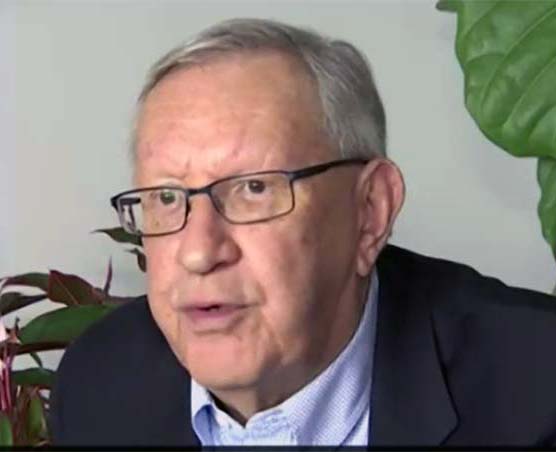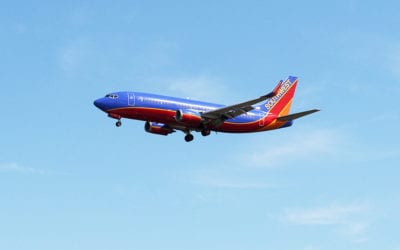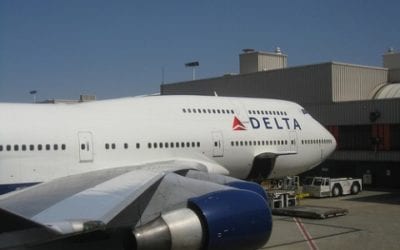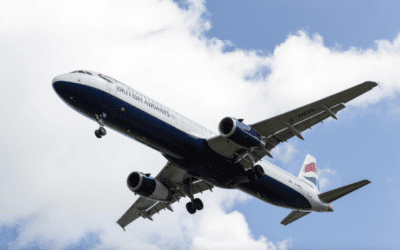United Airlines has just signed an agreement with ExpressJet. And American Airlines, bypassing their own subsidiary, American Eagle, is contracting out new regional flying from Chicago O’Hare Airport to Chautauqua Airlines that will fly as “American Connection.”
Considering the fact that the recent investigation by the National Transportation Safety Board (NTSB) showed that the first officer in the deadly Continental Airlines (Colgan Air) flight was only making something like $17,000 and that the captain had flunked check flights in the past, passengers should be less than pleased that AA and United are making plans to send more fliers to these questionable second-class airlines that masquerade as part of far larger mainline carriers.
As our government studies the uneven safety standards and differences in pilot training programs between mainline and regional airlines, both American and United airlines announced new code-shared flights that confuse and mislead the flying public.
The similar paint jobs, unified reservation systems, seamless frequent flier programs, the identical printing on boarding passes, shared inflight magazines, co-located gate and the identical airline codes on flight numbers are a conscious effort to mislead the public and make them feel that they are flying on an integrated airline with a single standard of service, safety and training. What the airlines display is a hoax.
This is flat out false advertising, no matter how the Department of Transportation (DOT) and its lawyers and the airlines and their minions of lawyers spin it. Even if the training, service and safety were equal, the kind of code-sharing engaged in by the airlines and their regional partners is disingenuous.
And to make things worse, the part of our government, the DOT, that is supposed to protect us from this kind if duplicitous code-share advertising and marketing is approving these efforts to mislead the flying public. Even worse, when DOT approves equally deceiving international “code-sharing” between airline alliances they are enabling the extension of more false advertising.
I spoke with Samuel Podberesky, Assistant General Counsel for Aviation Enforcement and Proceedings at the U.S. Department of Transportation, who assured me that the Department of Transportation closely monitors airline compliance with code-share disclosures. He noted that the DOT has determined that code-sharing is beneficial to flying consumers and that DOT has extensive regulations requiring disclosure of code-share tickets at every step of the buying process.
Unfortunately, these regulations allow the major airlines to reveal the real truth about what company is actually operating the flights in the small print at the bottom of advertisements, in the text of boarding passes printed on mainline airline boarding pass stock, and with a small placard posted somewhere on regional jets that are painted in the colors of mainline carriers.
In other words, federal regulations (14C.F.R.257) allow the airlines to mislead consumers in advertisement headlines, with flashy paint jobs, on airport departure boards and other areas, as long as carriers tell the truth in the fine print.
Some of my savviest friends naturally presume that these regional airlines are subsidiaries of the larger mainline carriers. They admit that they have seen notations saying, “This flight operated by Colgan Air” or another regional airline. However, they assumed, for instance, that Colgan Air was a part of the Continental family. They are incredulous when I tell them, “That ain’t so.”
They in most cases simply don’t believe me when I tell them that the DOT condones this kind of advertising and actually formally “approves” the continuation of this deceptive business practice.
Even Podberesky noted at the end of our conversation, “Some people still argue that it is kind of like going to a car dealer, going through the process of buying a Chevy and then having them give you a Honda.”
Is it any wonder that only in the unfortunate case of an accident with multiple lives lost, does the flying public rudely learn that they have been transported on a “partner airlines” that has a totally separate corporate structure, ownership, hiring practices, culture, pay scales, training regimen and liability.
It’s time that the DOT and the FAA make a ruling in favor of the people, rather than facilitate the current irresponsible and fraudulent code-share folly that is being foisted on the American public.

Charlie Leocha is the President of Travelers United. He has been working in Washington, DC, for the past 14 years with Congress, the Department of Transportation, and industry stakeholders on travel issues. He was the first consumer representative to the Advisory Committee for Aviation Consumer Protections appointed by the Secretary of Transportation from 2012 through 2018.




